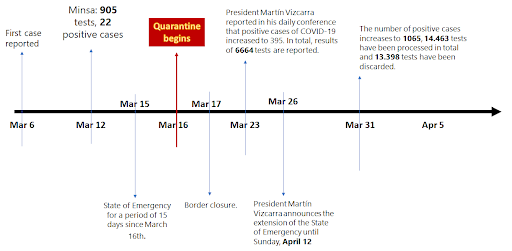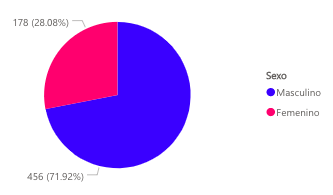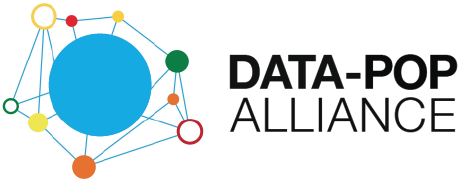PERU
Information last updated: 24 April, 2020
- Total population: 32.2 M
- Population +65: 8%
- GDP Per Capita: 13,094 USD
- Informal employment: 59% (2017)
- First registered case: 6 March
- Hospital beds: 2.30 (per 1,000 people)
Sources: TheWorld Bank and WHO (Population over 65 years old, Informal employment, GDP-PPP, Hospital beds).
Status
National Quarantine until May 10th (previously only until April 12th). Following Brazil and Ecuador, Peru is the country with the highest number of confirmed cases in the region.
Response set up and capacity
The entity that leads the containment strategies of COVID-19 in Peru is the Ministry of Health (Minsa). Peru, unlike other Latin American countries, has significant fiscal savings that allow it to borrow to contain the advance of COVID-19 and establish economic strategies to mitigate the economic recession. The current Minister of Economy and Finance announced that 12% of GDP will be used for this purpose.
Stakeholder Mapping
Entities / Organizations
• Minsa: Ministerio de Salud
• Centro Nacional de Epidemiología, Prevención y Control de Enfermedades - Minsa
• MEF: Ministerio de Economía y Finanzas
• INEI: Instituto Nacional de Estadística e Informática
• Instituciones Prestadoras de Servicios de Salud (IPRESS)
Additional actors
• MacroConsult
• Instituto Peruano de Economía
• Universidad del Pacífico
• GRADE
• PRISMA
Mitigating factors - What is being done?
- Abril 2 – The Central Bank of Reserve (BCR) announced a line of credit for 8,500 USD in loans for companies, the goal is helping them to survive throughout the stay-at-home measures.
- The government announced an economic plan for 26 millions USD (equivalent to 12% of the country’s GDP) “to deal with the health crisis, support small and medium companies, and provide subsidies to the most vulnerable families”. The latter group includes about 800 thousand informal workers.
- Abril 23 – The Peruvian government extended the lock-down measures until May 10 y and announced an extra economic support of 6.8 millions USD for families to face the economic impact of the pandemic (these bonuses, according to the authorities, will cover about 75% of the national population). Additionally, it was confirmed that 3000 people will be released from 68 detentions centers across the country. The selected groups for release include: pregnant women, mothers with children younger than 3 years old, and people older than 70.
Risks, vulnerabilities, obstacles
There are different projections and uncertainties regarding the calculation of the basic reproduction rate of the virus. On early April, the debate had to do with whether the reproduction rate would be below 1 and the number of infections would begin to descend when the quarantine ended (it was supposed to end on April 12, but it is now continuing until May 10). According to the information reported by the Minsa, there is statistical evidence to show that the quarantine has contributed to lower this rate, but that in recent weeks the rate has stopped falling.
In the analysis of the information that is reported from cases of infected people, it can be seen that this record depends on the number of tests that are carried out and the severity of the symptoms identified. In order to make better projections of cases, it is recommended the use of infected cases series adjusted for the day in which the symptom was presented.
Despite a lack of quality of information during the beginning of the crisis, the Peruvian government has been improving the reports and announcing the progress of cases and evidence daily, including tests applied per region.
Potential actions and demands
- The main issue at the moment is measuring the trade-off between the duration of the national quarantine and the added economic assistance firms and households will need during this time.
- Other important questions the government and citizens have been grappling with include:
- What will happen with Venezuelan migrants if the infection rate doesn’t go down?
- How much should financial aid be for those informal workers or people who work as daily wage workers on the streets?
- How much will the pandemic affect Peru’s poverty rate?
- Can INEI capture information through surveys effectively?
Key resources
- Minsa situationl room https://covid19.minsa.gob.pe/sala_situacional.asp
- Group Macro Consult http://grupomacro.pe/macroconsult/?lang=en
- Prisma http://www.prisma.org.pe/
- Grade http://www.grade.org.pe/
Contributor(s): Andrés Clavijo, María A. Bravo.





